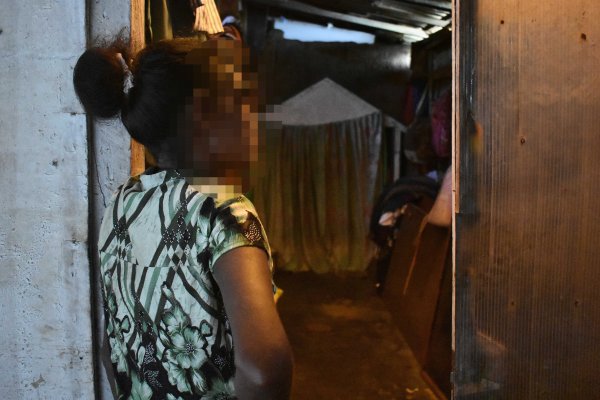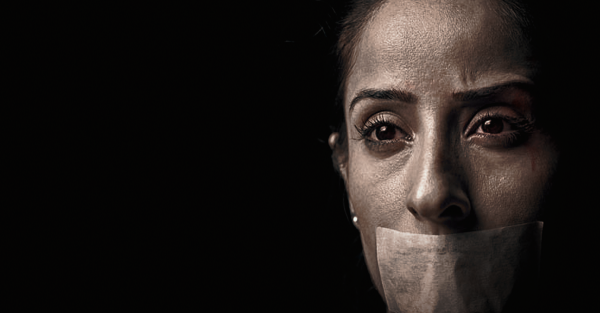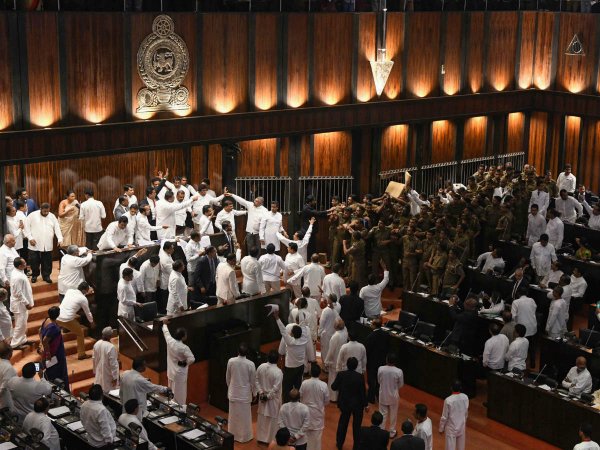.png?w=1200)
“What is good journalism?” asked moderator Nalaka Gunawardene, opening a virtual discussion on ‘Exploring The Future of Journalism’, organised by the Friedrich Naumann Foundation for Freedom on 24 November. Panelist Arjuna Ranawana, Chief Editor of EconomyNext, concluded that good journalism should aim to expose the truth, and to be as fair and as accurate as possible. Fellow panelist Roel Raymond, Chief Editor of Roar Media, contended with the function of a journalist in society, saying, “For me, it’s primarily an identity thing — understanding what your role is as a journalist.” Rounding out the panel, Commentator on International Affairs Imran Furkan answered the question in a similar vein: “Journalism is the primary arm of society working towards creating an informed public. And when you have an informed public, you have informed decision making.”
The virtual discussion covered a range of topics, with panelists examining and debating over how media — both in Sri Lanka and globally — has transformed in the past years, in what ways it has done so, and what those changes mean for both journalists and audiences. Topics addressed ranged from state regulation of media and journalism, to the split between digital and traditional forms of journalism and consumers’ accessibility to each.
“The way I see it, three factors shape journalism and its vehicle, mass media: technological advances, demographic changes, and market forces,” said Gunawardene, pointing out that there is a significant regional divide in the Sri Lankan news market. While Sri Lankans tend to be very ‘internationalised’ and connected to the outside world and global media, local consumers tend to be split between digital and non-digital media, with radio and television being two of the most popular news media in the country.
Speaking about investigative journalism, both Raymond and Ranawana reminisced about the days when every Sunday newspaper carried an investigative piece. Refuting the claim that investigative journalism is no longer pursued, however, Furkan stated that it does take place, albeit at a more local level. Investigative reporting was being done, he said, but was only reaching the audiences of those regional journalists, and not at the national level. In response, Gunawardene asked whether the niche market was the way media was evolving. Both Ranawana and Raymond classified EconomyNext and Roar Media respectively as niche outlets that know their specific audiences, agreeing that niche markets were on the rise.
When Gunawardene posed the question of what were the threats to good journalism, citing media houses not giving journalists enough time and resources to dig deep enough as an example, Ranawana responded saying, “A hard fact is that most of the big media houses are connected to other businesses, therefore they do not have the freedom to actually act on many of the stories that are there, because there’s an interconnectivity.” He looked back at his time working in a corporate newsroom as an example, saying that advertisers and industrialists always had a “finger in the pie”. Raymond agreed that being a journalist within the media industry as it is today requires some form of censorship and acquiescing to certain expectations: “You still know to stay away from certain areas, because you want to survive.”
The conversation eventually shifted to the regulation of media, the role of the state, and the role of audiences. Propaganda has quickly become an increasingly common feature of mainstream media, and stands in opposition to the responsibility of public service that all three panelists identified as the crux of the journalistic profession at the beginning of the discussion. Furkan said that, worryingly, some young journalists have a genuine belief in the propaganda they spew. “They are unable to differentiate between propaganda, truth, and partisan news.” “It’s a serious issue”, agreed Ranawana. “Critical thinking is not present among our public,” he added.
“When you’re under siege,” said Raymond, “you tend to just learn to survive. Journalists have been in survival mode for a good fifteen years, if not more. That investigative, critical part [of journalism] is missing.”
Watch the full video here:
https://www.facebook.com/Roar.SriLanka/videos/1253372401714826/








